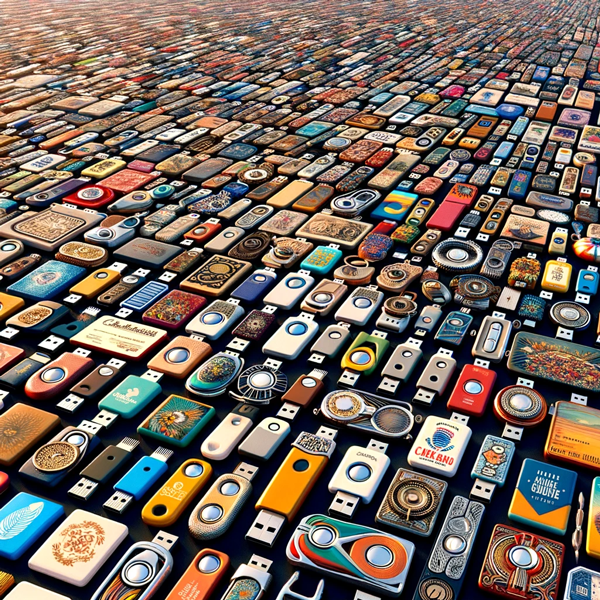What’s the Difference Between USB 1.0, 2.0 and 3.0?

There are several distinct differences between USB 1.0, 2.0, and 3.0 generations, including speed, dimensions, compatibility, and certain other aspects.
Here are the specific differences between each generation, which can help you determine which devices are ideal for you.
Different Appearance
You can generally tell the difference between USB 1.0, 2.0, and 3.0 by color alone. While the size and shape may be identical, the key is to look at the color of the plastic inside the device. The USB 1.0 features a white plastic color, while USB 2.0 is black, and the USB 3.0 is blue. Occasionally you may see red-colored plastic in a USB, but this is used to indicate that the USB will remain active at all times regardless of whether it’s in standby or sleep mode.
Data Transfer Rates and Directions
USB 1.0 only had a data transfer speed of 12 Mb per second, but was later sped up to 480 Mb per second with USB 2.0. 3.0 and 3.1 have since improved upon this speed by bringing it up to 5 Gb per second and 10 Gb per second, respectively.
Also regarding data transfer, the USB 2.0 and older models are only capable of processing data in a single direction at a time, but newer 3.0 and 3.1 models allow for data transfer in both directions. This means that data can be sent and received simultaneously with the latest flash drives, while data can only be sent or received at a time with 2.0 and older. The reason for this is because the 2.0 uses the half duplex data transmission method whereas the 3.0 and newer use the full duplex data transmission method.

Power Levels
USB 2.0 and 3.0 both operate at 5V, 1.8A, but USB 3.1 rose it to 20V, 5A, enabling users to power up larger devices.Encoding Capabilities
USB versions up to 2.0 use Unicode as their encoding method, while versions 3.0 and higher have begun using 8b/10b encoding.
Type of Wire and Cable Length
The cable length of USB 2.0 devices can be up to 16’5” at a maximum, but the length for 3.0 devices can only reach a maximum of 9’10”. If you need to extend the length of these cables, you’ll need to use a hub or other connection.
The wiring inside is also different between the USB generations, as the 2.0 generation of flash drives has only 4 copper wires, while the 3.0 models contain 9 copper wires.
Connecting USB 3.0 and 3.1 to USB 2.0 Slots
It’s possible to connect USB 3.0 and 3.1 devices to 2.0 slots, but keep in mind that the speed will only reach that of the USB 2.0, which is 480 Mb/s as opposed to the much faster 5 Gb/s and 10 Gb/s. Both the device and slot should be the same for the most optimal speed. USB 2.0 devices can also connect to USB 3.0 ports.
Ultimately, you can benefit from using any of these flash drive options, but if you want faster data transfer rates and the ability to send and receive data at the same time, along with better encoding capabilities, you’re better off using USB 3.0 or newer. Using these flash drive devices, you’ll be able to get the most out of your devices.
Don’t forget to check out Every USB’s selection of USB 3.0, and don’t forget us for all of your bulk custom flash drives!
